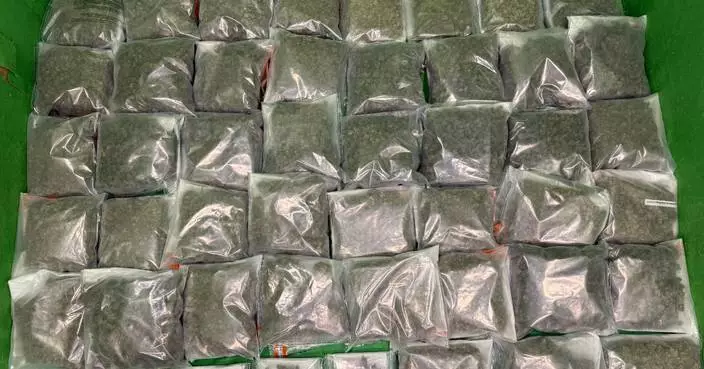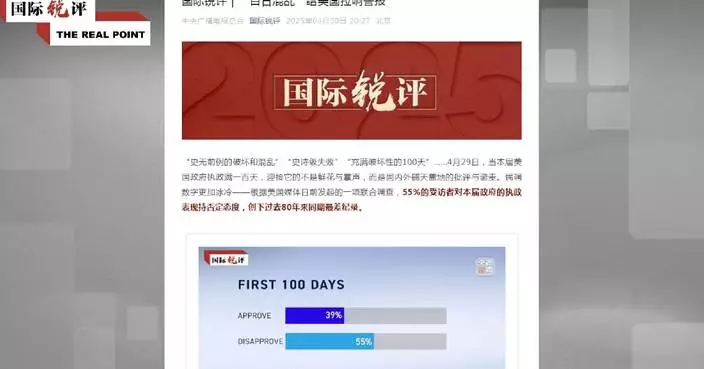The drier conditions on the far side of the Moon, a phenomenon discovered through rock samples brought back by China's Chang'e-6 lunar mission, may be linked to ancient meteorite impacts, according to an hypothesis of scientists.
Published in the journal Nature on Wednesday, a new study by Chinese scientists found that the Moon's mantle contains less water on the far side compared to the near side, with water content in each gram of the thick rocky layer beneath the far side's surface measuring less than 2 micrograms, the lowest level ever recorded.
The Moon's surface features numerous meteorite impact craters of varying sizes, with the Aitken Basin, measuring 2,500 kilometers in diameter, being the largest and oldest one on this natural satellite of the Earth.
Hu Sen, a research fellow at the Institute of Geology and Geophysics of the Chinese Academy of Sciences, suggests that the ancient impact event that created the Aitken Basin could be one of the reasons for the lower water content in the mantle on the lunar far side.
"The South Pole–Aitken Basin, where we collected samples, was formed by an impact that may have affected the lunar mantle, leading to the regathering and redistribution of water. This impact could have driven some water in the far side mantle flowing to the near side, which could probably explain the differences in water content," said Hu.
Another possible reason for the drier lunar far side mantle could be related to the stratification that occurred as the Moon's magma ocean cooled and crystallized.
In the Moon's early formation, intense energy released made the whole globe to be covered by an ocean of molten magma. Over time, this molten ocean gradually cooled and solidified, creating distinct layers in the mantle, according to current scientific understanding.
"If the Moon's magma ocean crystallized, it could have formed distinct layers. The basalt samples we collected from the lunar far side might come from deeper layers of the mantle that solidified earlier, which could explain their lower water content. Both of these ideas are still hypotheses, though, and need further verification," said Hu.
The Chang'e-6 lunar probe launched in early May 2024, landed in the Moon's South Pole-Aitken Basin and returned to the Earth in late June with more than 1,935 grams of the first-ever samples from the less-known far side of the Moon.

Drier lunar far side may be related to ancient meteorite impact: scientist




















































